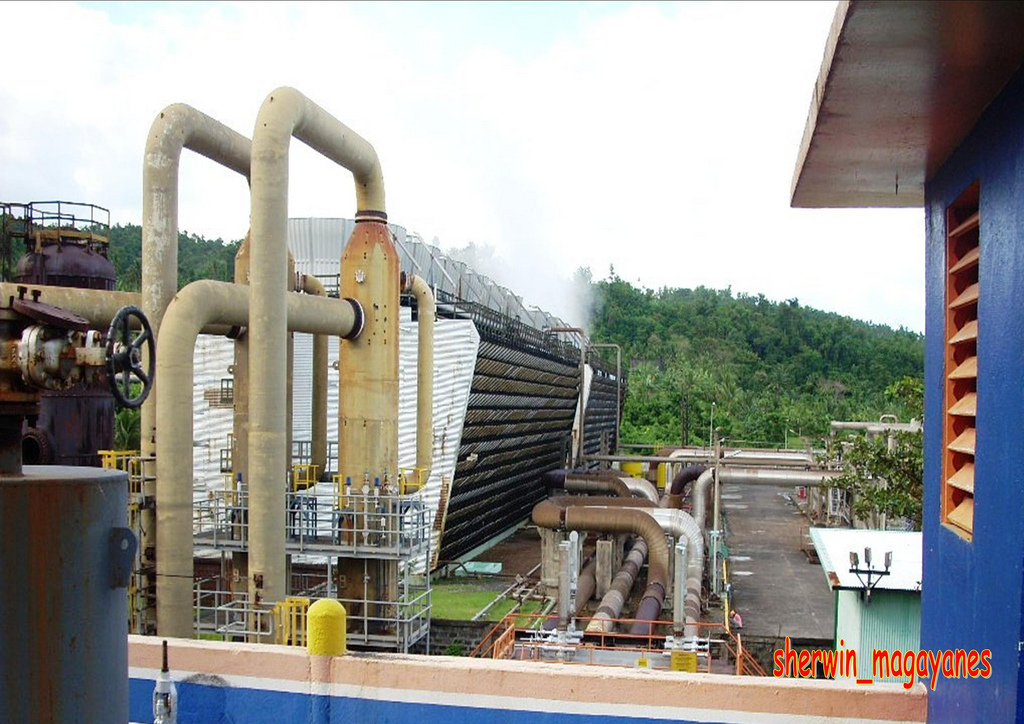Indonesia could learn from the Philippines on development
A recent opinion piece in the Jakarta Globe, describes how stakeholder involvement, clearer regulation and environmental studies have helped the Philippines in overcoming obstacles in development, something that Indonesia could learn from.
In an article a few weeks back, there were voices on the Philippines having overcome challenges in getting geothermal development off the ground, and a new opinion piece in the Jakarta Globe confirms this.
The article describes that Indonesia could look at “its northern neighbor for some guidance and success stories.”. While the “Philippines has many similar characteristics to Indonesia — it has thousands of islands, a high poverty rate, a booming economy, and a shortage of electricity.”
Today, Indonesia is not in a position to rely on fossil fuels alone to fuel the increasing power demand for its growing economy and its population.
For many years now geothermal energy has been described as an alternative to Indonesia’s fossil fuel based power generation. Indonesia is blessed with likely the highest reserves in geothermal energy resources in the world, but currently only derives around 1.4 percent of its electricity from geothermal, so the article.
On the other hand, the Philippines, derive 14 percent of its electricity supply from geothermal, placing it only second as the nations with the highest installed geothermal power generation capacity behind the United States.
Both, Indonesia and the Philippines face similar challenges in developing their geothermal resources – unclear and often conflicting regulatory framework, opposition from conservation groups and indigenous people. The Philippines though “have overcome most of these challenges through work and persuasion.”
“In 1988, the Philippine government decided to build a geothermal power plant in the middle of Mount Apo Natural Park in 1988 after a power crisis following El Nino weather that reduced hydropower capacity. According to Agnes de Jesus, senior vice president for environment and external relations at Energy Development Corporation, the plan was controversial at the time, as they were attempting to establish a plant in a conservation area, which was also an ancestral home for indigenous people.
“We conducted scientific surveys on the site to assess the environmental impact and held many consultations with stakeholders to explain about the project,” she said, adding that it took four years for the project to start.”
It seems like the approach of consultations with stakeholders and a crucial environmental impact analysis approach helped the Philippines overcome these obstacles, and maybe this is the approach for Indonesia to finally see a surge in development.”
Source: Jakarta Globe


















